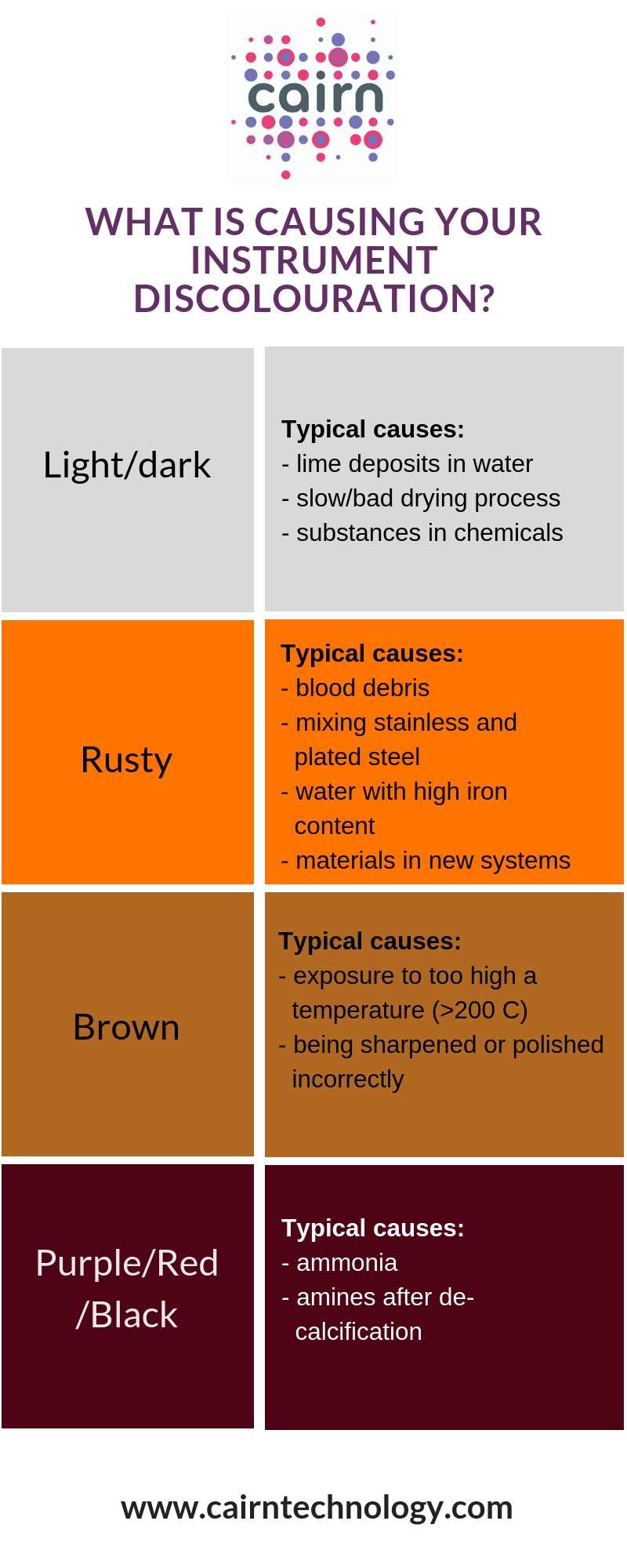Will Workplaces Change Forever Post-Covid-19 Pandemic?
As businesses begin to reopen and people return to work, the question is, will workplaces in the UK ever be the same again?
Office Design
Social distancing rules now mean that offices simply cannot be so densely populated, and that staff should be mixing as little as possible, with hot desking a complete no no.
Start and Finish Times
There are other perils of the workplace, the first being the entrance and exit. Large number of workers starting and finishing at the same time and accessing the workplace through the same entrance is a social distancing headache.
The immediate answer as suggested in a recent article in The Economist¹ is introducing office shifts, staggered start and finish times, some staff working from home but is this realistic in the long term?
The press widely reported the viewpoint of Jes Staley, Chief Executive of Barclays when he said that big, expensive city offices, “…may be a thing of the past.” He added that the bank was evaluating how much office space it needed.²
Cleaning and making a safe place to work
Big or small, there will always be a need for offices as workplaces. Once inside, office based staff must have confidence that it is a safe place to work. Cleaning must be more often, more thorough and using appropriate products. All high traffic touch points must be cleaned with virucidal disinfectant, and staff must take responsibility for their own personal hygiene with regular hand washing and sanitising becoming the norm.
Employers must take all possible steps to reduce the risk of infection. A recent article by Comparative Immunologist and Professor of Biology, Erin Bromage³, shows how breathing the same air in an enclosed space increased the chance of exposure and infection. Air purification can remove up to 99.99% of viruses from the air, along with bacteria, allergens, and outdoor pollutant as such as diesel particular which become trapped indoors. This is a simple but effective step that all businesses could take to safeguard their workforce. An air purifier, such as the Blue Air Classic can simply be plugged in and within an hour, the air in the room is clean.
The short answer to the question will workplaces in the UK ever be the same is no, it is unlikely. However, we will have leaned valuable lessons not just in the fight against COVID-19, but in the responsibility of businesses to provide a safe working environment.
1. https://www.bbc.co.uk/news/business-52467965
2. https://www.economist.com/business/2020/05/09/dont-stand-so-close-to-me

